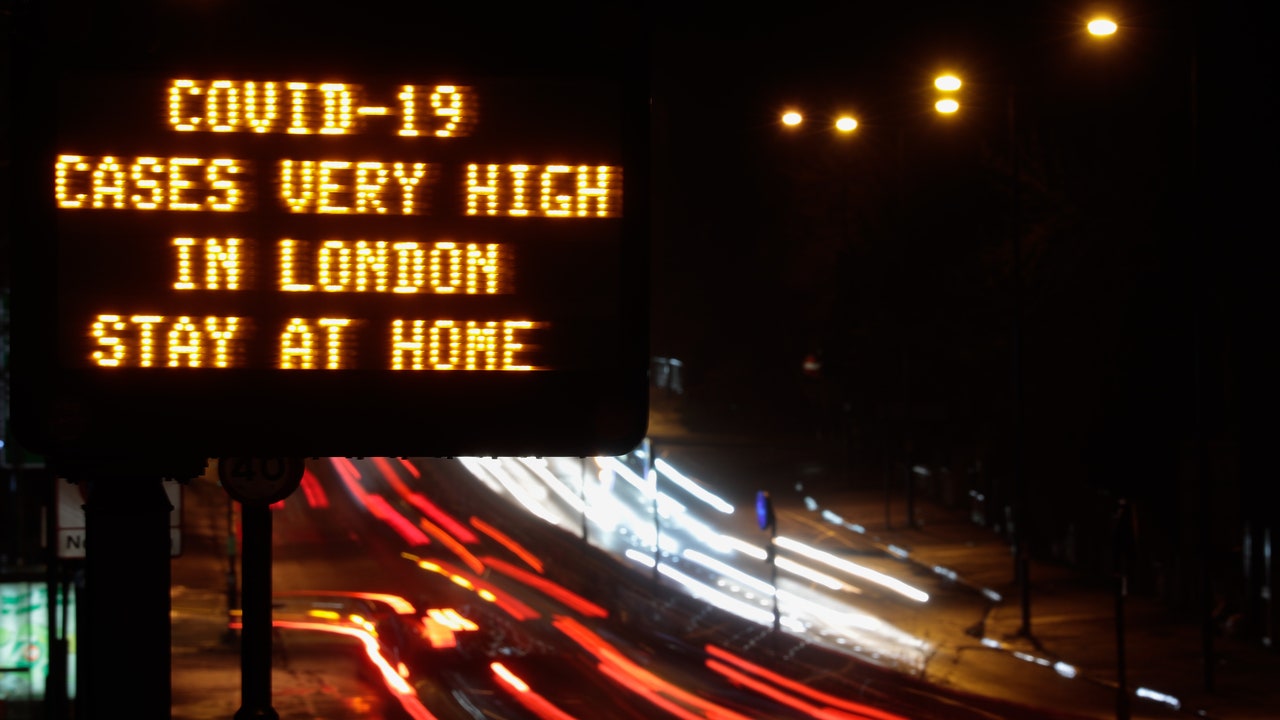In mid-September of this year, epidemiologists were surprised to find a new coronavirus variant (or strain) that was markedly different from all the others. This strain was observed in Kent and Greater London area of the UK. This strain, named B.1.1.7, continued to appear throughout the UK and a few other countries. By December, British health officials were concerned by how quickly it had spread, and a series of stringent lockdown and travel bans were put into effect. Here, everything you need to know about the new Coronavirus strain.
What does it mean to have a new virus strain?
All viruses can mutate. The molecules that code the genetic sequence (DNA or RNA), like any physical thing, can change over time. Viral mutations can result in: (1) No change to the virus shape or its behavior, (2) A change to the virus shape, but no change to virus behavior, (3) a change to both the virus shape and how it behaves. Any behavioral change might be neutral (no difference in how the virus affects us), positive (the virus is potentially less harmful), or negative (the virus is potentially more harmful). This new variant is worrisome for being harmful because a mutation in its behavior may cause it to be spread more easily.
Coronaviruses mutate more slowly than other viruses such as influenza, but how quickly it mutates can be accelerated in certain conditions (such as within patients with immunodeficiencies or with certain treatments). Epidemiologists have been monitoring the multiple variants that are circulating globally.
Why is this strain in the news?
This strain stands out for three reasons. First, it is an outlier—it is much different from the other variants, with a much higher number of mutations. Second, this variant B.1.1.7, has shown up and spread very quickly, faster than other variants. It was first detected September 20, but by mid November officials reported that it was 26% of all the cases in the UK, by the first week of December, it was 60% of all the cases in London. Third, when we look more closely at the details of the mutations, they seem to encode changes in the virus that could indeed (theoretically) help the virus spread more efficiently.
It is difficult to be sure whether this variant actually spreads faster. There may be confounding factors—perhaps instead of spreading more quickly, this strain was just coincidentally in more densely populated areas or moving with holiday travel patterns.Throughout this year we have seen early data can be messy or misleading and there is still more to figure out.
Will it make us sicker than the other variants?
At this time, there is no evidence that it can make people sicker than the other strains, but it’s difficult to say with certainty at this time. If it did make people sicker, we would expect to see people infected with this new strain to be hospitalized and/or die at a higher rate than those infected with other strains. It is too early, however, to tell whether any difference exists. There is anecdotal evidence in South Africa that younger, healthier people may be getting sicker from the strain there, but it’s possible that this difference is due to other factors (e.g. location, more exposure, etc).
Where is this virus now?
This variant was first detected in the UK, but cases have now also been reported in the Netherlands, Denmark, and Australia. It is likely that the strain is already in other countries, including the US, but the UK detected it sooner because they were monitoring viral spread more closely. Other mutations may also occur. A strain that emerged in South Africa shares one of the mutations with B.1.1.7 that affects the shape of the virus—this South African virus also seems to have spread faster than expected.
What does this mean for the vaccine?
The mutations in B.1.1.7 influence the shape of one of the targets of both the Pfizer-BioNTech and Moderna vaccines—the spike protein—raising the question about whether the vaccines will protect us against the new strain. But the vaccine stimulates multiple “layers” of immunity. It is difficult for a strain to be able to overcome all those layers so quickly. As of now, there is a high probability that the vaccines will still be effective. But over time, on maybe the scale of years, we may need to get boosters or re-vaccinated, as we do with the seasonal flu virus. One advantage of the new technology that these vaccines are based on is that it is easier to adapt the vaccine to new targets than the influenza vaccine.
What does this mean for us right now?
Currently, officials are trying to work out travel bans and policies in response to this new strain. It is likely we will need to set up better surveillance, similar to the system in the UK, to anticipate more mutations. Dr. Fauci, head of the infectious disease division in the National Institute of Health, has advised to take this variant seriously but not to overreact. Ultimately, the fundamental response to a highly contagious virus is to limit the opportunities for transmission—distancing and masking. Pandemic fatigue is real, especially during the winter holidays at the end of a difficult year. Distancing and supporting each other other as we ramp up the vaccinations, this is how we can get through this together.
Dharushana Muthulingam, MD, MS is an infectious disease physician and public health researcher in St. Louis, MO
